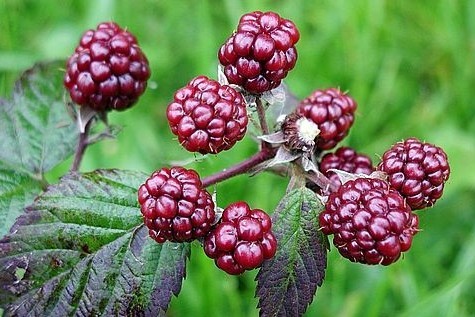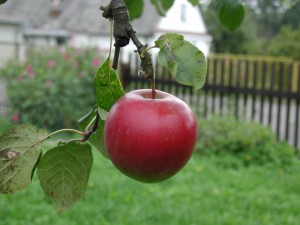Landscaping That’s Good Enough to Eat
 You may have heard of “drinking in the scenery,” but did you know you can eat the landscape? Edible landscaping can involve integrating plants that bear fruit, berries, and nuts into a compact office site. Or it can entail a sizable urban orchard or other planting that provides beauty as well as a crop to harvest.
You may have heard of “drinking in the scenery,” but did you know you can eat the landscape? Edible landscaping can involve integrating plants that bear fruit, berries, and nuts into a compact office site. Or it can entail a sizable urban orchard or other planting that provides beauty as well as a crop to harvest.
Ayres is working with JAMF Software to integrate edible plants into the site around its new downtown Eau Claire office, which is due to open this year. The edible plants will possess forms and textures that complement the more traditional plants that will stand alongside them. It seems appropriate that a company that makes enterprise software for the Apple platform would want some tasty fruit growing outside its – um – windows.
And just two blocks away, the City of Eau Claire is considering a deliciously edible parking lot, according to this report.
Fruit and nut trees, serviceberries, blackberries, ornamental rhubarb, and a long list of other edible plantings can comprise a pleasing amenity for the public in a park setting, or they can rise to the level of community sustainable agriculture, such as a hospital garden effort that grows food used in the hospital cafeteria and/or leads to harvests that benefit the surrounding community. Birds, squirrels, deer, and other wildlife also benefit from edible landscapes.
 Ayres provides clients the necessary planning and design to make sure an edible landscape matches with the client’s intended level of maintenance efforts. Many edibles don’t require harvesting for the plants to thrive. Also important in a public setting is making sure not to mix in non-edible species that appear edible. Signage can be used to educate visitors about what they might want to nibble on.
Ayres provides clients the necessary planning and design to make sure an edible landscape matches with the client’s intended level of maintenance efforts. Many edibles don’t require harvesting for the plants to thrive. Also important in a public setting is making sure not to mix in non-edible species that appear edible. Signage can be used to educate visitors about what they might want to nibble on.
The Beacon Food Forest in Seattle is an example of a large-scale edible landscape.
Contact our landscape architecture staff to learn more about edible landscapes and other landscape architecture services Ayres provides.

Post a comment: